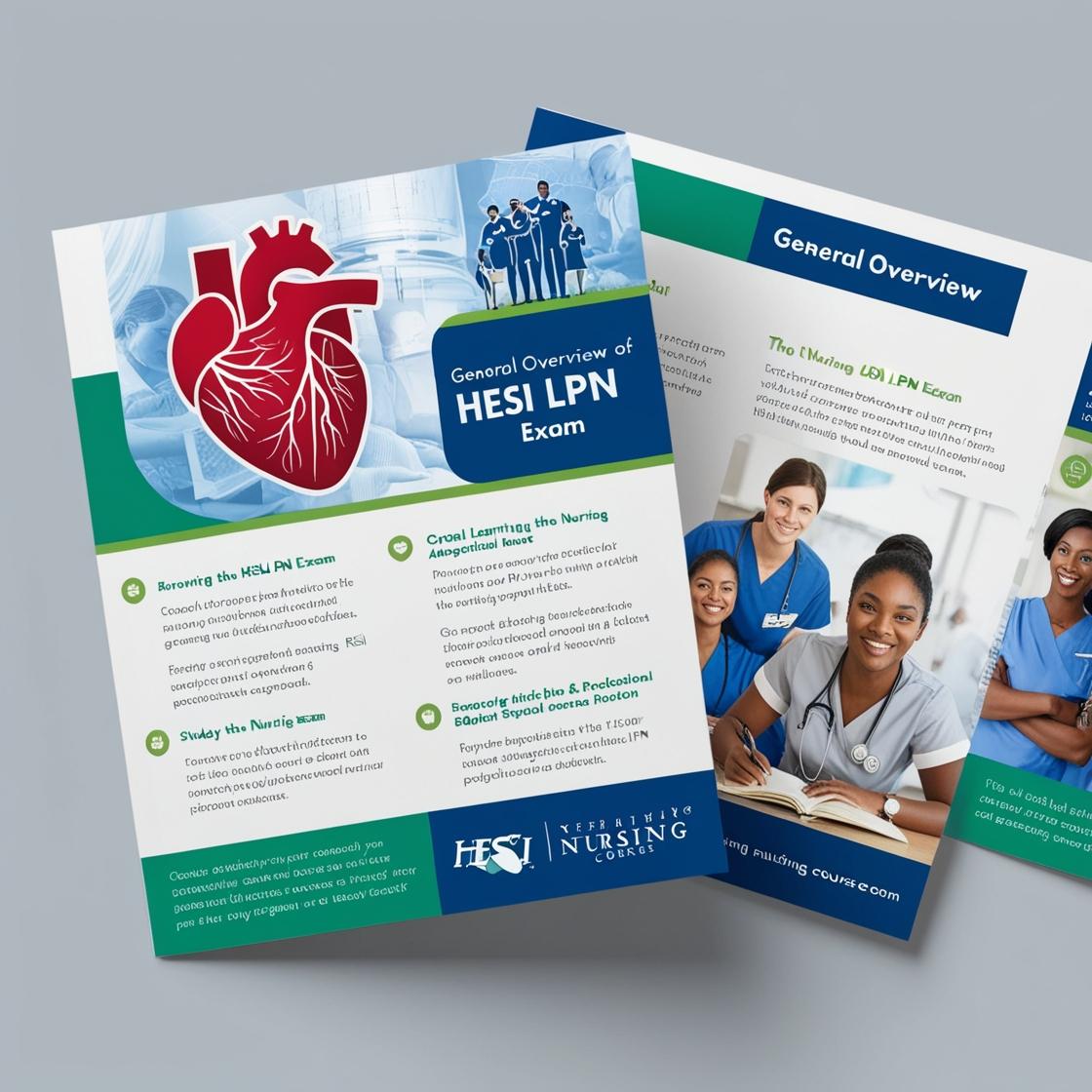HESI LPN
HESI Fundamentals 2023 Test Bank
1. The healthcare provider is assessing a client with acute pancreatitis. Which finding is most concerning?
- A. Pain radiating to the back
- B. Blood pressure of 95/60 mmHg
- C. Elevated serum amylase
- D. Absent bowel sounds
Correct answer: B
Rationale: In acute pancreatitis, a low blood pressure of 95/60 mmHg is the most concerning finding as it may indicate hypovolemia or shock, which are critical conditions requiring immediate intervention. Pain radiating to the back is a common symptom of pancreatitis but is not as immediately life-threatening as hypotension. Elevated serum amylase levels and absent bowel sounds are typical findings in acute pancreatitis and may indicate pancreatic inflammation and gastrointestinal motility issues, respectively, but they are not as acutely concerning as hypotension.
2. Which action by the nurse will be the most important for preventing skin impairment in a mobile patient with local nerve damage?
- A. Insert an indwelling urinary catheter.
- B. Limit caloric and protein intake.
- C. Turn the patient every 2 hours.
- D. Assess for pain during a bath.
Correct answer: D
Rationale: The most important action for preventing skin impairment in a mobile patient with local nerve damage is to assess for pain during a bath. Assessing pain during a bath helps in evaluating sensory nerve function by checking for touch, pain, heat, cold, and pressure. This assessment is crucial in identifying areas of potential skin breakdown and implementing preventive measures. Inserting an indwelling urinary catheter (Choice A) is not directly related to preventing skin impairment in this context. Limiting caloric and protein intake (Choice B) is not pertinent to skin impairment prevention for a mobile patient with local nerve damage. While turning the patient every 2 hours (Choice C) is a good practice for preventing pressure ulcers, in this case, assessing for pain during a bath is more directly related to preventing skin impairment associated with nerve damage.
3. When admitting an older adult client who is Hispanic, which of the following cultural considerations should the nurse include when developing the plan of care?
- A. The Hispanic culture views late adulthood as a time of wisdom and experience
- B. The Hispanic culture expects adult children to care for older adult parents
- C. The Hispanic culture identifies the eldest female family member as the decision maker
- D. The Hispanic culture expects individuals to make their own decisions when death is imminent
Correct answer: B
Rationale: In Hispanic culture, there is an expectation that adult children will care for their older parents, emphasizing a strong family support system. This cultural value highlights the importance of filial piety and respect for elders within the family structure. Choice A is incorrect because Hispanic culture generally values late adulthood as a time of wisdom and experience, not a negative time. Choice C is incorrect as Hispanic culture typically involves collective family decision-making rather than assigning decision-making solely to the eldest female member. Choice D is incorrect as Hispanic culture values family support and involvement in end-of-life decisions rather than individual decision-making.
4. Which serum blood finding in diabetic ketoacidosis alerts the nurse that immediate action is required?
- A. pH below 7.3
- B. Potassium of 5.0
- C. HCT of 60
- D. PaO2 of 79%
Correct answer: C
Rationale: A hematocrit (HCT) of 60 indicates severe dehydration, a critical condition in diabetic ketoacidosis that requires immediate intervention. Severe dehydration can lead to hypovolemic shock and organ failure. While a low pH below 7.3 is indicative of acidosis, it may not require immediate action compared to severe dehydration. A potassium level of 5.0 is within the normal range and not a critical finding in this scenario. PaO2 of 79% reflects oxygenation status, which is important but not the most critical finding requiring immediate action in diabetic ketoacidosis.
5. Upon admission to the hospital, a client presents with decreased circulation in the left leg. What is the most important initial nursing action during the assessment?
- A. Assess the client's mobility
- B. Evaluate the pedal pulses
- C. Monitor skin temperature
- D. Check for swelling
Correct answer: B
Rationale: When a client is admitted with decreased circulation in the left leg, the most critical initial nursing action is to evaluate the pedal pulses. Pedal pulses provide essential information about the circulation status in the affected leg. Assessing the client's mobility (Choice A) is important but not as crucial as evaluating pedal pulses in this scenario. Monitoring skin temperature (Choice C) and checking for swelling (Choice D) are also relevant, but they are secondary to evaluating pedal pulses since the latter directly assesses the circulation in the affected limb.
Similar Questions

Access More Features
HESI LPN Basic
$69.99/ 30 days
- 50,000 Questions with answers
- All HESI courses Coverage
- 30 days access @ $69.99
HESI LPN Premium
$149.99/ 90 days
- 50,000 Questions with answers
- All HESI courses Coverage
- 30 days access @ $149.99
